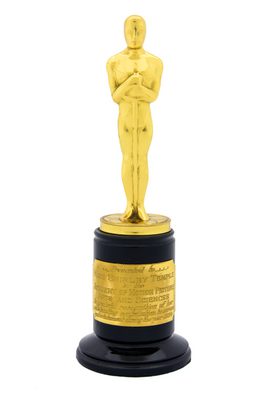THE LATE SHIRLEY TEMPLE BLACK AND
FAMILY GIVE MAJOR GIFT TO THE ACADEMY MUSEUM OF MOTION PICTURES
MUSEUM WILL INCLUDE THE SHIRLEY TEMPLE EDUCATION
STUDIOAND KEY ARTIFACTS FROM THE
STAR’S CAREER
 |
| credit: Matt Petit / ©A.M.P.A.S |
LOS ANGELES, CA – The Academy of Motion Picture Arts and Sciences
announced today that it has received a gift valued at more than $5 million from
the late Oscar®-winning Hollywood actress and United States
Ambassador Shirley Temple Black and her family. This gift includes both a
substantial monetary contribution to the Academy Museum of Motion Pictures’
capital campaign as well as key artifacts from Shirley Temple Black’s indelible
early career. To recognize this gift and honor the star’s legendary childhood
contribution to entertainment, the Academy Museum’s education center will be
named The Shirley Temple Education Studio.
“Shirley Temple Black captivated audiences as an actor and her work as a
diplomat touched countless lives,” said Bob Iger, who is chairing the Academy Museum’s
capital campaign along with co-chairs Annette Bening and Tom Hanks. “Her gift
to the Academy Museum ensures her work will continue to inspire future
generations of film lovers.”
The Shirley Temple Education Studio will be the center of the Museum’s dynamic
education program, which will draw upon the expertise of Academy members,
artists, and scholars in a range of disciplines to explore cinema history and
the collaborative process of filmmaking. The program will provide hands-on
workshops in moviemaking techniques, as well as inspire creativity and
critical thinking. A core feature of the program will be its teen
initiative, serving students from diverse backgrounds in the greater
Los Angeles area.
“Our mother believed that the Academy Museum project will provide the key to
broader public understanding both of the movie industry’s history and of its
future,” said the Black family. “We are so pleased with the Academy’s naming of
the Shirley Temple Education Studio, and again encourage our mother’s many
admirers to join us in supporting the Museum and its new Education Studio with
a donation honoring her memory.”
In addition to financial support, this generous gift includes unique objects
such as: the miniature Oscar presented to Shirley Temple at the 1934
Academy Awards in recognition of her screen work that year; the tap shoes
and portable wooden practice-steps given to her by legendary dancer Bill
“Bojangles” Robinson for their famed stair dance routine in
1934’s “The Little Colonel”; the star’s first set-chair from Fox
Studios; and the ornate Los Angeles public-school system desk she used for her
daily lessons on the Fox lot.
“We know Academy Museum visitors will be elated to see these treasures,”
said Kerry Brougher, Academy Museum director. “This generous gift is a
significant addition to our collection. The Shirley Temple Education Studio
will provide students with opportunities to build meaningful connections with
the finest creative minds in filmmaking today.”
The Academy is currently raising $388 million to support the building,
exhibitions, and programs of the Academy Museum. The capital campaign was
launched in 2012 and is chaired by Bob Iger and co-chaired by Annette Bening
and Tom Hanks. The Academy has already secured more than $250 million in
pledges from more than 1,300 individual donors globally.
ABOUT THE ACADEMY
MUSEUM
Designed by Pritzker Prize-winning architect Renzo Piano, the Academy Museum
will restore and revitalize the historic Wilshire May Company building at the
corner of Wilshire Boulevard and Fairfax Avenue. The Academy Museum will
feature six floors of exhibition spaces, a movie theater, education areas,
special event spaces, conservation areas, and a café and store. A new spherical
addition will connect to the May Company building with glass bridges and will
feature a state-of-the-art 1,000-seat theater and a rooftop terrace.
The Academy Museum will feature a core historical exhibition and rotating
temporary exhibitions, complemented by special projects, publications, digital initiatives
and a slate of public programs that will include screenings, premieres, panel
discussions, gallery talks and K–12 education initiatives. The Museum’s
exhibitions and programs will convey the magic of cinema and offer a glimpse
behind the screen, illuminating the creative, collaborative process of
filmmaking.